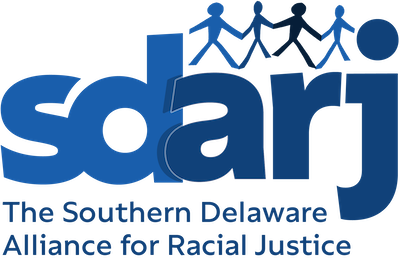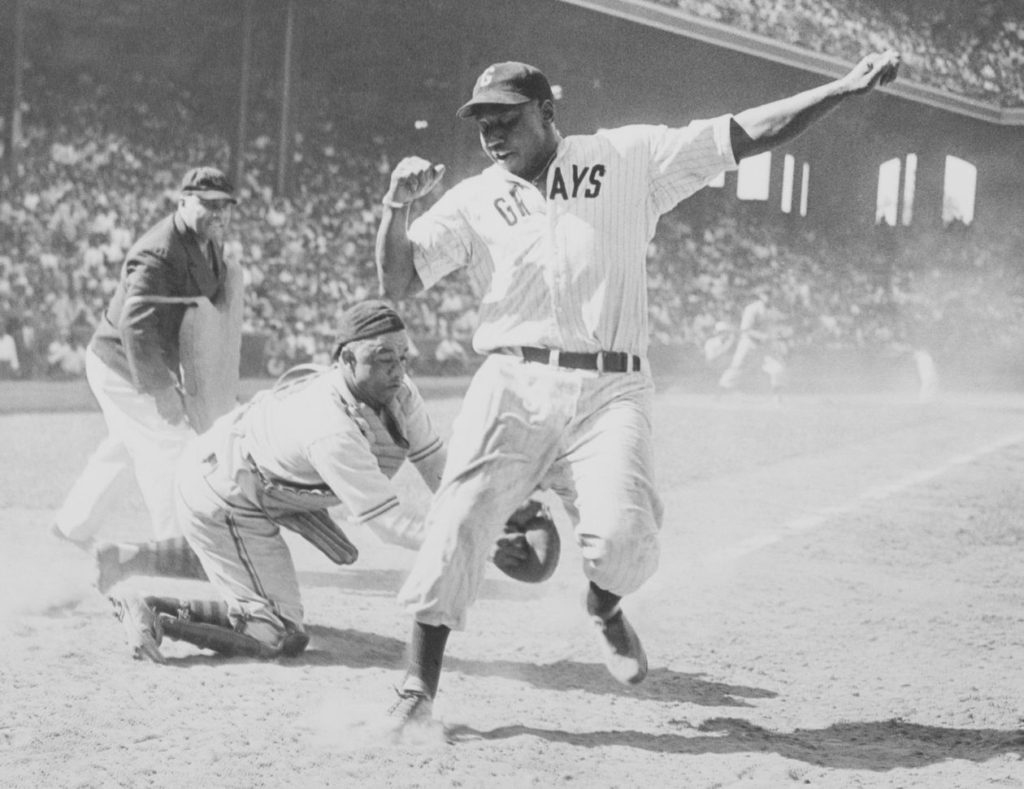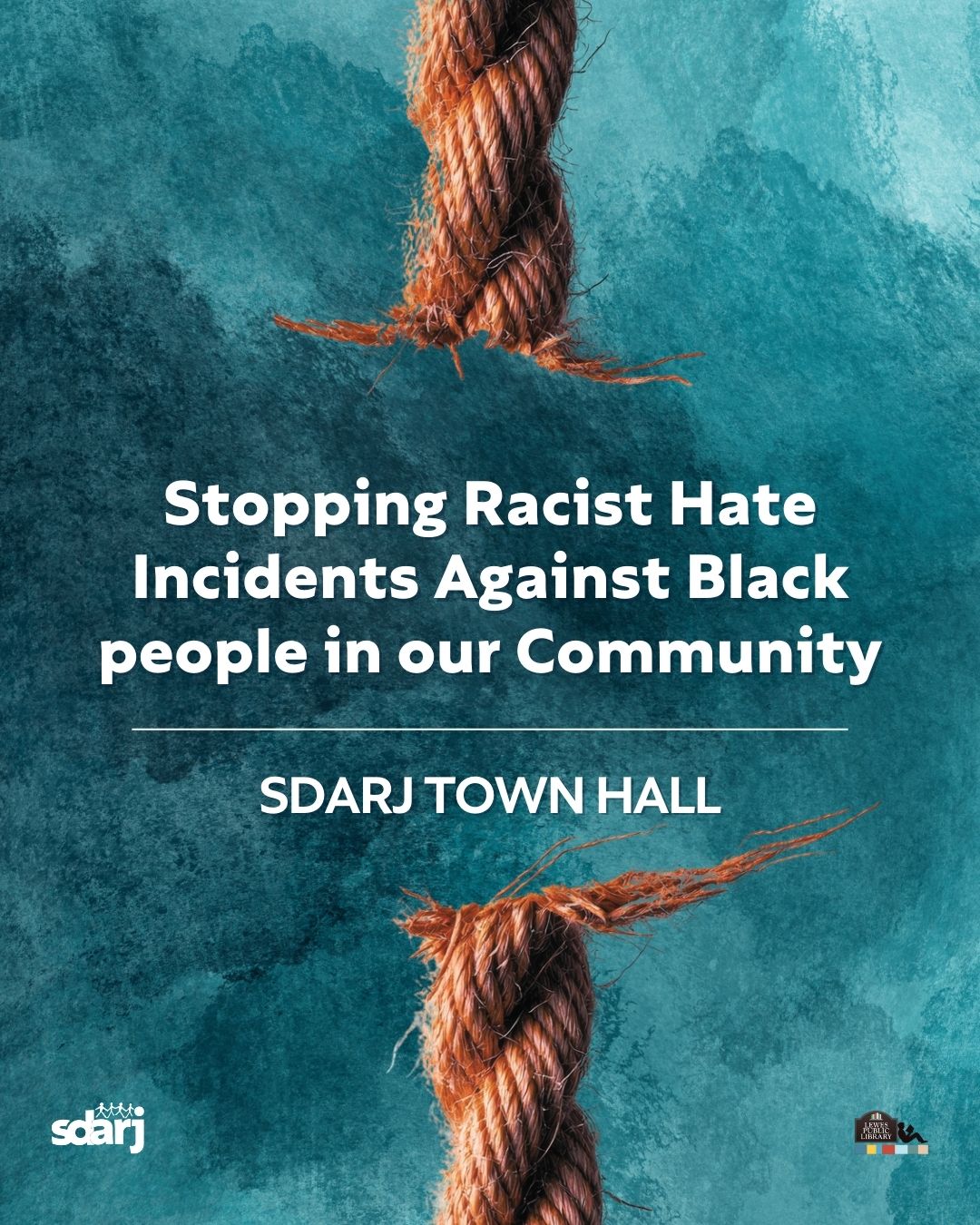MLB Retrospectively Elevates Negro Leagues to Major League Status
The move grants recognition to some of baseball’s pioneers from 1920 to 1948 and immediately rewrites the game’s record books
By Jared Diamond
Dec. 16, 2020 12:44 pm ET
Major League Baseball announced Wednesday that it was “correcting a longtime oversight in the game’s history” by elevating the Negro Leagues from 1920 through 1948 to major-league status, a move that recognizes the sport’s long-excluded Black pioneers and immediately rewrites baseball’s record books.
Roughly 3,400 Black and Latino players from seven distinct leagues, who were barred from joining the segregated National and American Leagues, will now be classified as “major-leaguers,” alongside white stars of the era. All statistics and records for those players will become part of MLB’s official history.
Before Jackie Robinson broke baseball’s color barrier for the Brooklyn Dodgers in 1947, the Negro Leagues were the highest level of professional baseball open to Black players. Those leagues produced players who are considered among the most talented ever to step onto a field, including Josh Gibson, Satchel Paige and Oscar Charleston.
“All of us who love baseball have long known that the Negro Leagues produced many of our game’s best players, innovations and triumphs against a backdrop of injustice,” MLB commissioner Rob Manfred said.
Bob Kendrick, the president the president of the Negro Leagues Baseball Museum in Kansas City, Mo., called the move “historical validation for those who had been shunned from the major leagues and had the foresight and courage to create their own league that helped change the game and our country, too.”
Black representation at the top level of baseball has waned in recent years, falling to about 8% of MLB, down from nearly 20% in the 1980s. In response, more than 100 current and former Black players have formed the Players Alliance, a nonprofit organization dedicated to increasing Black participation in the sport. The group believes that increased visibility on the history of Black baseball will help its efforts.
“This is just going to bring more attention and attract more kids,” said retired pitcher CC Sabathia, a six-time All-Star. “It’s a long time coming, and these guys deserve to be recognized.”
The move comes two days after the Cleveland Indians said they would abandon the name they have used since 1915, dropping a moniker that some fans and Native American groups criticized as racist.
The question of how baseball should treat Black players from the era of the Negro Leagues has been an ongoing question for decades. Ahead of the publication of the first edition of “The Baseball Encyclopedia” in 1969, commissioner William Eckert convened the Special Baseball Records Committee to settle issues related to baseball’s statistics, which were filled with discrepancies. That group gave major-league status to six leagues dating back to 1876, including some in which the quality of play was lower than that of the Negro Leagues.
The panel, comprised entirely of white men, never considered the candidacy of the Negro Leagues, relegating the contributions of many players kept out of MLB because of racism to secondary status. That ruling remained in effect until Wednesday, when MLB said that the “committee’s 1969 omission of the Negro Leagues from consideration was clearly an error that demands today’s designation.”
MLB has long acknowledged Robinson as its first Black player, retiring his No. 42 across the league and honoring him every April. Even as Black players before him become major leaguers, Robinson will remain a crucial figure in MLB’s history for being the first Black player to play in integrated baseball.
“We can’t undo the past, and we can’t redo the past,” said John Thorn, MLB’s official historian. “What this gesture does is to make amends, insofar as amends may be made.”
Beyond the symbolism of the move, this new designation will fundamentally alter MLB’s record books, sometimes in complicated—and potentially controversial—ways.
Some of these are simple: Willie Mays, for instance, had 17 hits in the Negro Leagues for the Birmingham Black Barons in 1948, according to the Seamheads Negro Leagues Database, a key source MLB used in reaching its decision. Those are expected to be added to Mays’s 3,283 hits in the NL. (Mays did not hit any home runs in the Negro Leagues.)
Bob Feller will no longer be the only pitcher to throw a no-hitter on opening day; Leon Day accomplished that feat as well for the Newark Eagles in 1946. (Hank Aaron’s brief stint with the Indianapolis Clowns will not be counted, because it came in 1952, after the Negro Leagues began losing talent to the NL and AL.)
Others are more complicated and will undoubtedly spark debate for years. For example, Ted Williams has for eight decades been recognized as the last man to hit .400 in MLB. His .406 batting average for the Boston Red Sox in 1941 is a statistic permanently etched in the fabric of the sport, standing for generations as one of the pinnacles of athletic achievement.
However, Gibson, the Hall-of-Fame catcher known for his time with the Homestead Grays, hit .441 in 1943, albeit in just 281 at-bats. That would mean that Gibson would not only top Williams, but would surpass Hugh Duffy’s .440 for the 1894 Boston Beaneaters for the best single-season batting average ever.
MLB said it has begun a review process with the Elias Sports Bureau “to determine the full scope of this designation’s ramifications on statistics and records,” working with historians to evaluate the relevant issues.
“History has to be fluid; if it were not fluid, why do we get periodic new biographies of Lincoln or Jesus?” Thorn said. “Stats are a funny thing. The deeper you go, the more impressed you are with the fact that these are symbols. They are not solid things.”
Gibson specifically has emerged as a legendary figure among Negro Leagues players, with stories of his performance bordering on myth.
He went into the Hall of Fame in 1972 alongside fellow Negro Leagues star Buck Leonard, joining Paige as the second and third Negro Leaguers to be enshrined in Cooperstown. Gibson’s plaque says that he hit nearly 800 home runs in his career, drawing comparisons to Babe Ruth from historians who saw him play. The Negro Leagues Database lists Gibson as hitting 238 homers in official Negro Leagues play.
“Josh Gibson was a legend who would have certainly been a top player in the major leagues if he had been allowed to play,” said Edward Schauder, who represents Gibson’s estate. “He will now deservedly be recognized as one of the top five players in the MLB record books in many offensive categories.”
On Aug. 16, in commemoration of the 100th anniversary of the Negro Leagues, MLB staged a league-wide celebration where all players, managers, coaches and umpires wore a uniform patch.
MLB reached this decision after discussions with the Hall of Fame and baseball historians and researchers who have worked to expand the historical record of the Negro Leagues. One of them was Larry Lester, who has been researching and recording the statistics of Negro Leagues players for more than 50 years.
“It was a tearful moment, a watershed moment,” Lester said. “It was like, ‘Wow, it finally happened.’”
Write to Jared Diamond at jared.diamond@wsj.com









